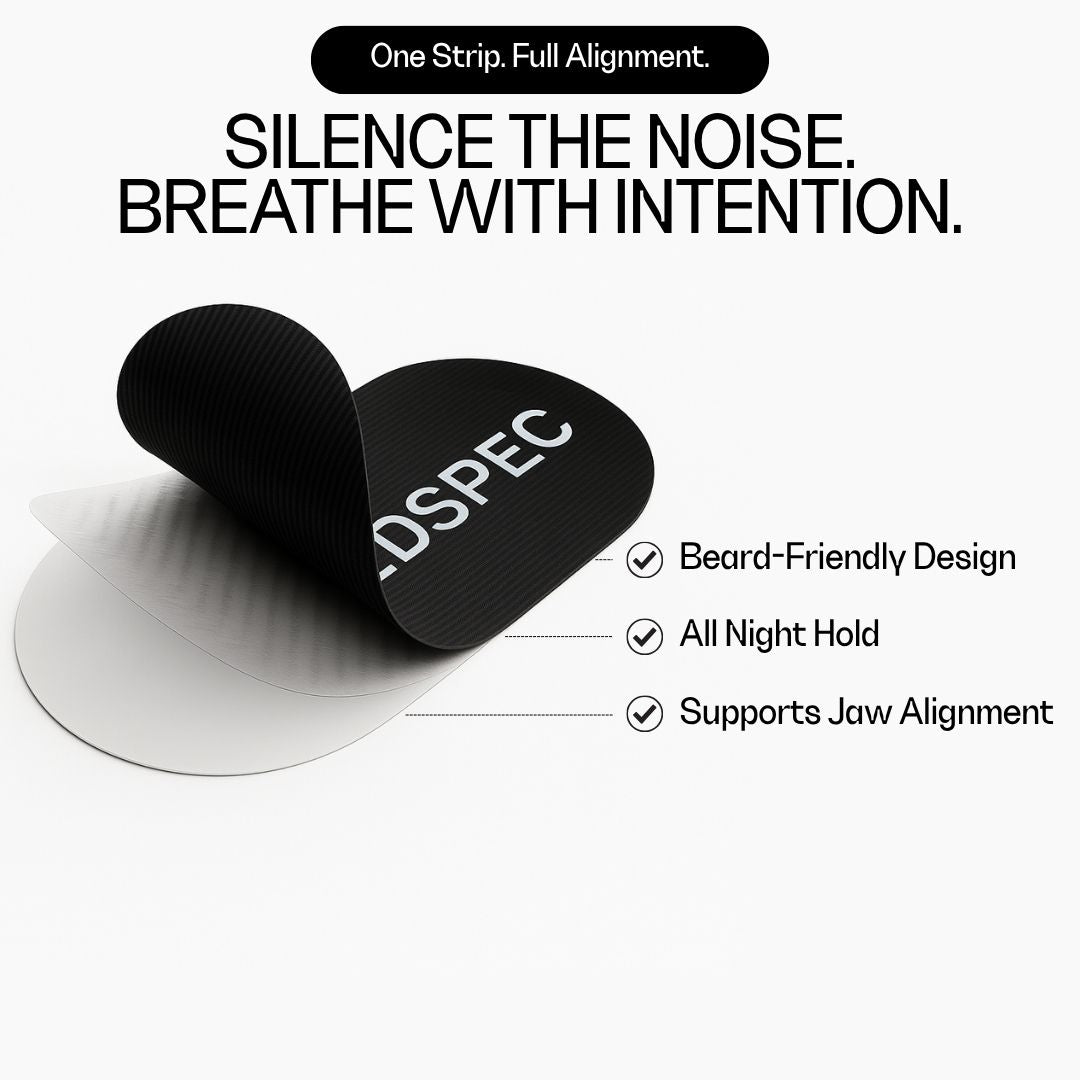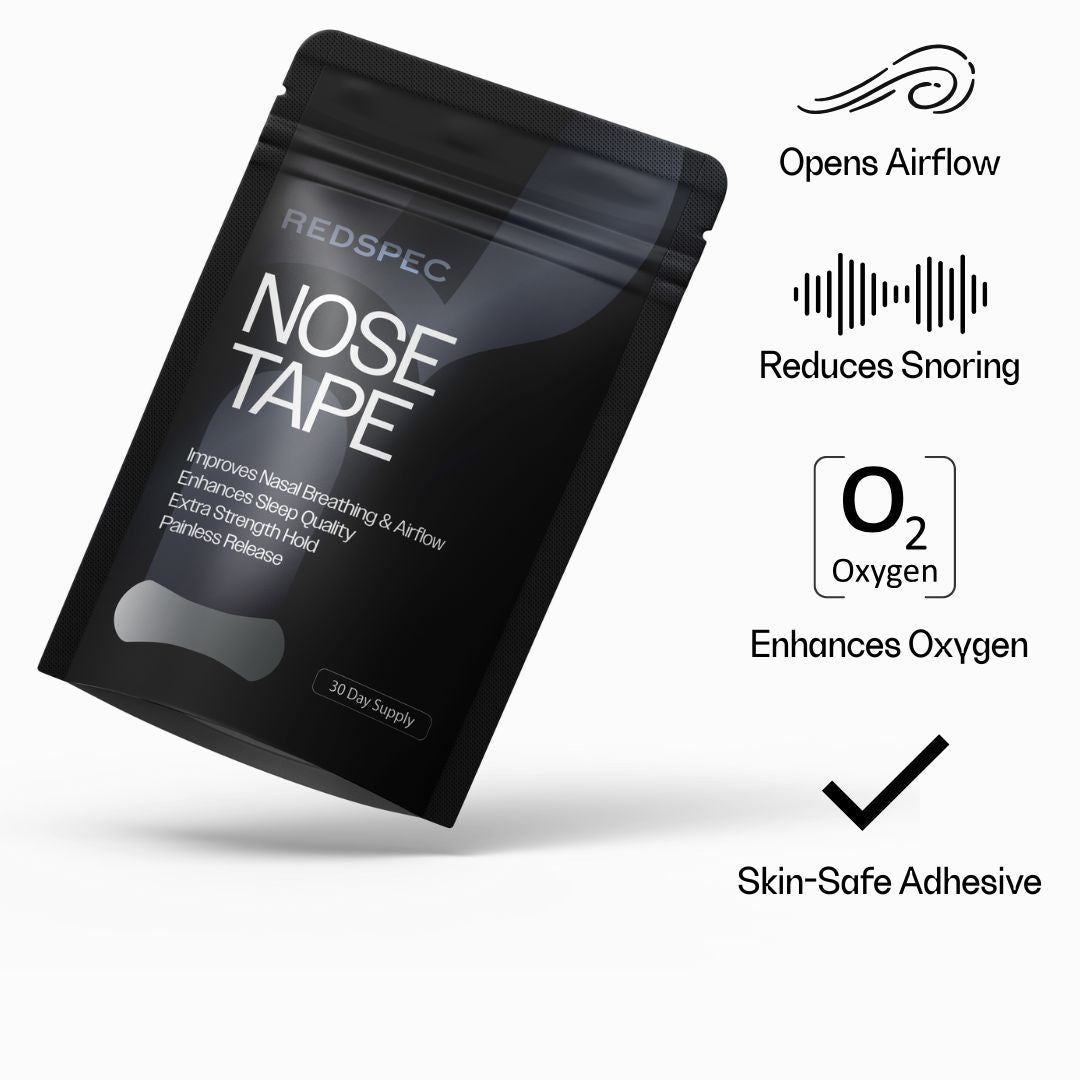Light isn’t just visual—it’s biological.
Every time it hits your retina, it signals your brain. It impacts your hormones, your alertness, your mood, and your sleep. In a world saturated with artificial light, understanding how it shapes your nervous system is no longer optional—it’s essential.
This is your guide to circadian optics: how light drives your internal rhythm, and how the right lens can keep you aligned.
The Brain’s Light Sensor
At the center of your circadian system is the suprachiasmatic nucleus—your body’s internal clock. It doesn’t track time. It tracks light. Morning light triggers cortisol. Dimming light cues melatonin. Your entire rhythm is anchored to what your eyes absorb.
Why Blue Light Both Boosts and Disrupts
Blue light wakes the brain. It sharpens focus, boosts mood, and suppresses melatonin. In the morning, that’s a good thing. At night, it’s chaos for your system—confusing your brain into staying wired when it should be winding down.
How Circadian Optics Aligns Your System
Filter the wrong wavelengths, and your rhythm stays off. Filter them with intention, and everything changes.
Yellow lenses: daytime clarity. They reduce blue light strain, ease glare, and sustain cognitive sharpness—without overstimulation.
Red lenses: evening recovery. They block the wavelengths that delay rest, protect melatonin, and quiet the nervous system.
The Modern Light Problem
We weren’t built for screens, fluorescent overheads, and nighttime scrolling. Artificial light is misaligned with our biology. It’s a trigger for poor sleep, brain fog, stress, and chronic fatigue.
RedSpec was designed to filter light at the source—so your system can stay in sync with how it was built to operate.
How to Use Circadian Optics Daily
Morning to early afternoon: wear yellow lenses to sharpen focus and protect against digital glare.
Late afternoon: transition to ambient light, or continue with yellow for extended focus.
Evening: switch to red lenses to filter stimulating wavelengths, support melatonin, and prepare your system for deep recovery.
Light is code. Vision is input.
Manage it with precision, and everything downstream improves: focus, energy, recovery, sleep.
That’s the purpose behind RedSpec—optics built not just to see, but to support your system.








Leave a comment
This site is protected by hCaptcha and the hCaptcha Privacy Policy and Terms of Service apply.